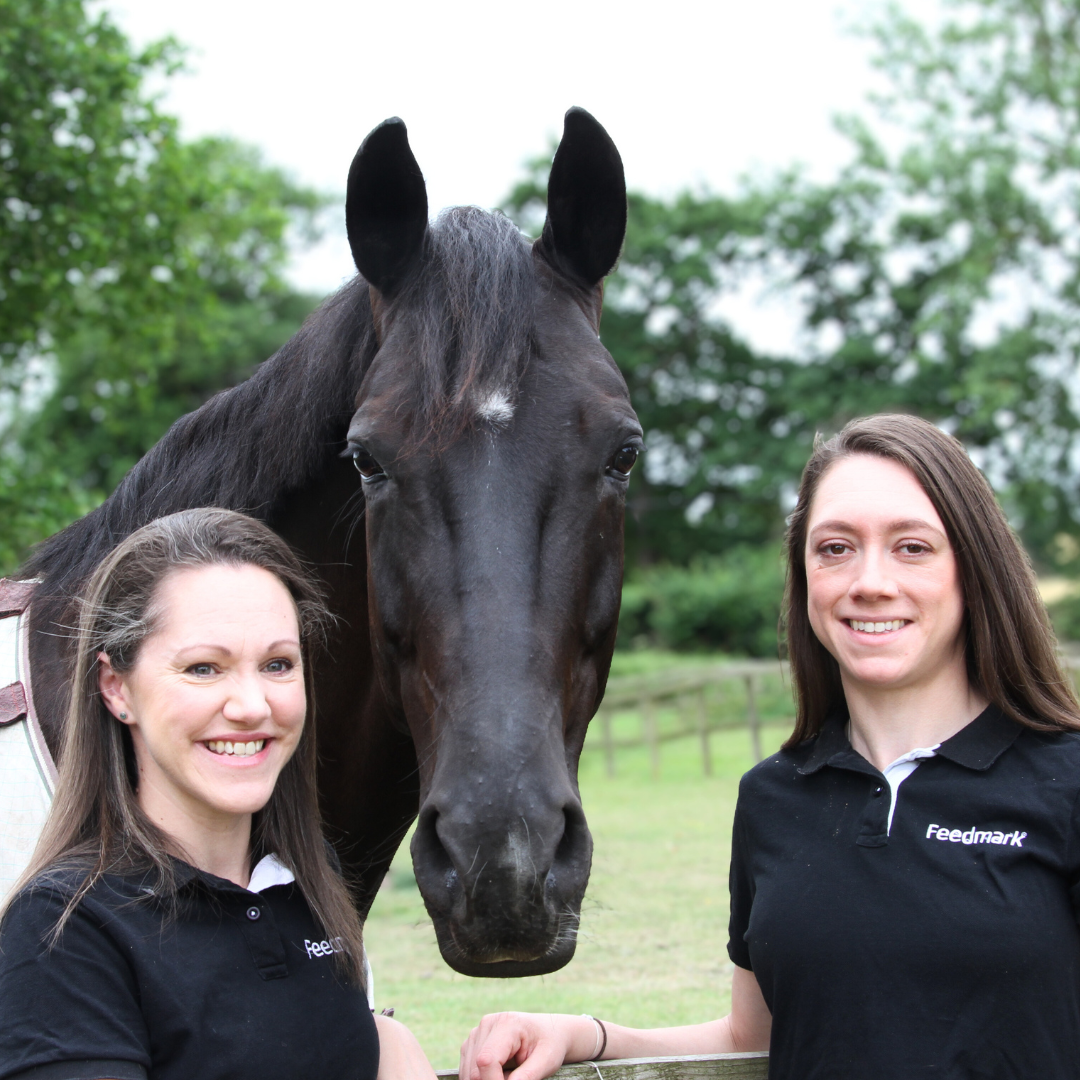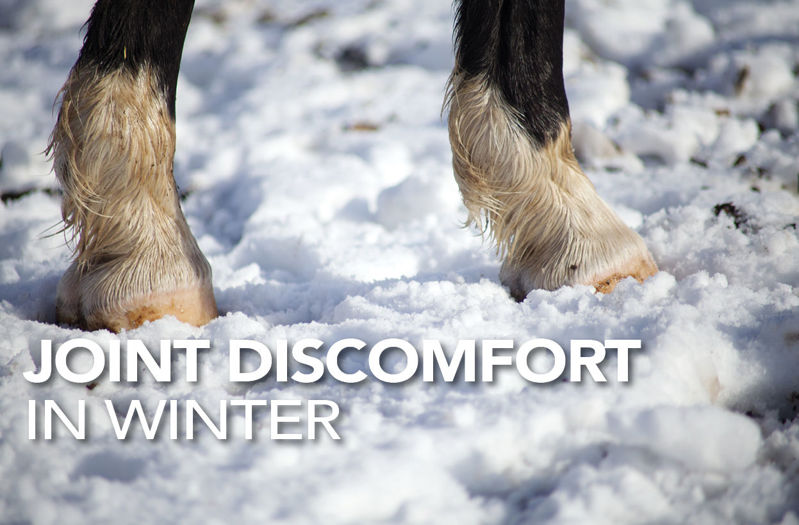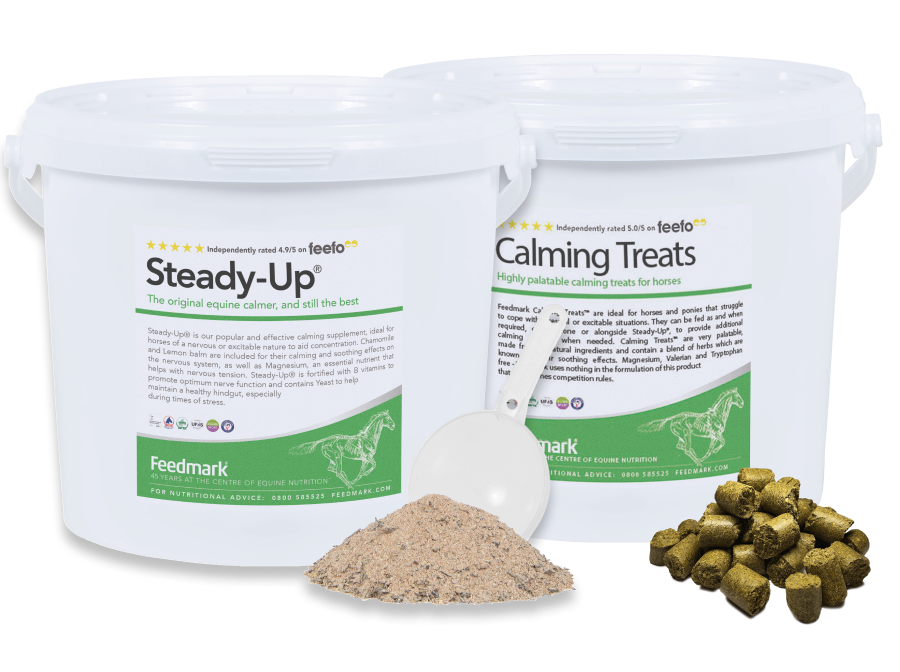In winter, cold weather can pose additional challenges, not just for us, but for our horses too - especially for older horses or those with pre-existing joint issues. The colder temperatures and winter conditions can exacerbate joint discomfort, making it harder for your horse to stay mobile and comfortable. Several factors contribute to this increase in joint problems, including:
- Cold temperatures intensifying existing joint pain.
- Reduced exercise and turnout, leading to increased stiffness.
- Slippery conditions, deep snow or mud creating difficult ground conditions.
Why does colder weather affect your horse's joints?
Colder weather often causes joint stiffness and can make arthritis flare up. This is primarily due to the drop in temperature and reduced exercise. These factors can slow circulation, leading to increased stiffness and discomfort. Additionally, decreased blood flow to tendons can heighten the risk of injuries, particularly when combined with the challenging ground conditions typical of winter.
Why is circulation important for your horses joints?
Circulation is crucial for maintaining healthy joints in your horse. Improved blood flow enhances flexibility, ensuring optimal mobility and ease of movement. By delivering oxygen to joint tissues, good circulation supports comfort and reduces the risk of inflammation, which can otherwise lead to stiffness and restricted joint movement.
How You Can Support Your Horse's Joint Health in Winter
- Daily Exercise - Regular, moderate exercise is key to keeping your horse mobile and comfortable, particularly for older horses. Exercise stimulates the production of synovial fluid, which lubricates the joints and helps prevent inflammation. If hacking out isn’t possible due to bad weather or shorter daylight hours, you can use alternatives such as horse walkers, walking in hand, arena work, or groundwork, to keep your horse active. This is even important for horses that are being turned out, as studies have shown that turned out horses are less active when the weather is cold and wet, playing and running less.
- Pad out stables - If your horse is stabled during the winter, use rubber mats and deep bedding to insulate concrete floors. This not only helps to reduce cold exposure but also provides extra padding, which can be especially beneficial for horses with joint issues.
- Make sure they aren’t cold - The cold and wet weather of winter can result in less blood flow to the extremities and outer layers of muscle as the body ensures it maintains core temperature, leading to tension, so make sure that your horse is keeping warm! Ears are not a reliable indication of temperature - instead, check near the withers - if they feel cold, choose a thicker rug, or if they are a little damp, your horse may be too warm. You can also consider using an exercise blanket when riding to help warm and supple muscles.
- Take care when riding - Exercising or turnout in deep snow or mud increases the chances of tendon injuries. If an area of a field is poached, fence it off if possible. Make sure you allow plenty of time to warm up too as it's likely that they will feel rather stiff.
- Maintaining a good healthy weight for your horse - This is because too much weight can put pressure on the joint leading to stiffness.
For any advice or questions you may have, please don't hesitate to reach out to our expert nutrition team. You can call 0800 585525 Monday-Friday 8:30am-5:00pm. Email [email protected], or send us a DM on social media.




